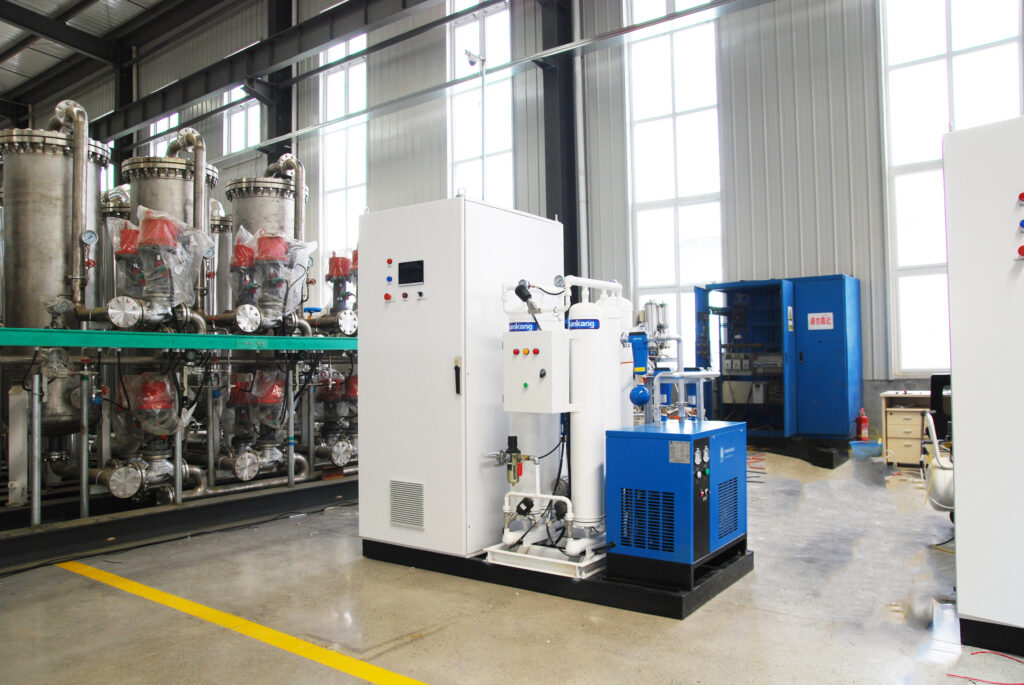Ozone can oxidize and decompose the glucose oxidase necessary for the internal conversion of glucose in bacteria and viruses, and directly interact with bacteria and viruses, oxidize and penetrate their cell walls, destroy their organelles and ribonucleic acid, and decompose DNA, RNA, proteins, and lipids. and polysaccharides and other macromolecular polymers, which destroy the metabolism and reproduction process of bacteria and viruses, and take away the lives of bacteria and viruses,Ozone sterilization technology is increasingly recognized.
At the same time, it can also penetrate the cell membrane tissue, invade the cell membrane, act on the outer membrane lipoproteins and internal lipopolysaccharides, cause permeability distortion of the cells, lead to cell lytic death, and remove the genes, parasitic bacteria, and parasites in the dead bacteria.
Virus particles, phages, mycoplasma and heat sources (endotoxins) are all dissolved and eliminated. Taking a comprehensive look at the principles of disinfection technology’s effect on microorganisms, it can be divided into three types: bacteriostatic, bactericidal and bacteriolytic.
Ozone sterilization is a bacteriolytic agent that can achieve the purpose of “completely and permanently eliminating all microorganisms inside and on the surface of objects.” And its effect is completed in a short time or even instantly.

The use of ozone in water treatment
At the same time, due to the instability of ozone in water, it decomposes to produce hydroxyl (OH) and monatomic oxygen with extremely strong oxidizing ability (stronger than monatomic oxygen), which can effectively kill various bacteria and viruses in the water. Overseas, ozone is regarded as the most ideal water disinfection and purification agent. Many large water plants commonly use ozone to treat drinking water.
The dosage of ozone in water treatment should be designed based on the physical and chemical properties of the water, degree of pollution, contact time, etc. For the disinfection of domestic water and drinking water, just add 0.1-1mg/L. Generally, add 0.5-1.5mg/L ozone to water bodies and keep the remaining ozone concentration in the water at 0.1-0.5mg/L for 5-10 minutes.
 max ozone generator
max ozone generator
